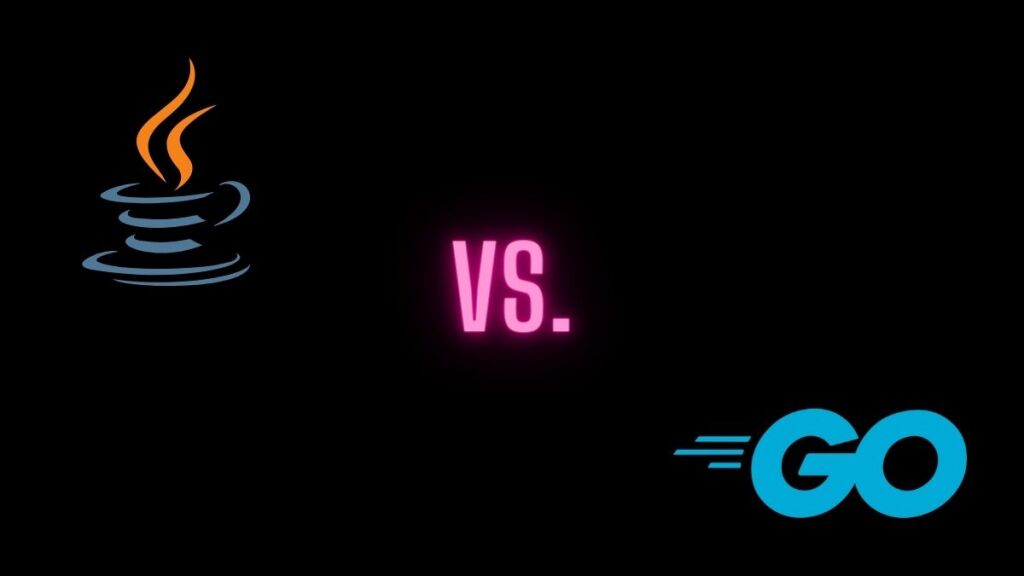In the evolving landscape of programming languages, Java and Go stand out for their unique features, performance characteristics, and use cases. Java, developed by Sun Microsystems (now owned by Oracle) in the mid-1990s, is a venerable, object-oriented language known for its “write once, run anywhere” (WORA) capability. Go, or Golang, developed by Google in 2007, is a statically typed, compiled language designed with simplicity, efficiency, and concurrency in mind. This article delves into a detailed comparison of Java and Go, exploring their syntax, performance, concurrency models, ecosystem, and use cases to help developers and organizations make informed decisions.
Syntax and Learning Curve
Java
Java’s syntax is influenced by C++, offering an extensive feature set, including classes, inheritance, and polymorphism. It enforces an object-oriented model, which can add complexity but provides a powerful way to organize large codebases. Java’s verbosity has been criticized, yet it contributes to code clarity and maintainability. For beginners, Java’s strict object-oriented approach and rich ecosystem can be overwhelming, but it also lays a solid foundation in software engineering principles.
Go
Go’s syntax is notably simpler and more concise than Java’s. It eschews classes and inheritance in favor of interfaces and composition, aligning with the principle of sharing behavior rather than data. Go’s simplicity reduces the learning curve, making it accessible to beginners and efficient for experienced developers. The language’s design emphasizes readability and straightforwardness, which can accelerate development time and reduce maintenance overhead.
Performance
Java
Java applications run on the Java Virtual Machine (JVM), which provides platform independence at the cost of a warm-up period due to Just-In-Time (JIT) compilation. However, modern JVMs have significantly optimized performance, including garbage collection and JIT compilation, making Java competitive in terms of speed for long-running applications. The introduction of GraalVM and ahead-of-time (AOT) compilation further improves Java’s startup time and runtime efficiency.
Go
Go is compiled to native code, which generally results in faster startup times and lower memory usage compared to JVM-based languages. Its static compilation and simplicity also contribute to predictable runtime behavior. Go’s performance is one of its strong suits, especially for network servers and utilities where rapid startup and efficient concurrency are critical.
Concurrency
Java
Java introduced concurrency support early in its life with the Thread class and synchronized methods. The addition of the java.util.concurrent package in Java 5 further advanced its concurrency capabilities with higher-level constructs like Executors, Locks, and Concurrent Collections. However, managing concurrency in Java requires understanding complex concepts like thread synchronization and deadlock prevention.
Go
Go’s approach to concurrency is one of its defining features. It introduces goroutines, lightweight threads managed by the Go runtime, and channels, which provide a safe way to communicate between goroutines. This model, based on the Communicating Sequential Processes (CSP) theory, makes concurrent programming more accessible and safer, promoting the development of scalable and performant applications.
Ecosystem and Community
Java
Java has a mature and extensive ecosystem, supported by a vast array of libraries, frameworks, and tools for nearly every conceivable task. It’s backed by a large, active community and major corporations, ensuring a wealth of resources, documentation, and support. Java’s ecosystem is particularly strong in enterprise environments, with widespread use in large-scale systems, Android app development, and web applications.
Go
Go’s ecosystem is newer but growing rapidly, with a strong focus on developer tools, web services, and distributed systems. The language’s standard library is deliberately kept minimal but covers a wide range of functionalities, encouraging a culture of simplicity and reliance on well-maintained external packages for specific needs. The Go community, though smaller than Java’s, is highly active and values clear, idiomatic code and simplicity.
Use Cases
Java
Java’s versatility and robustness make it suitable for a wide range of applications, from enterprise solutions and cloud-based services to Android mobile apps and large-scale data processing. Its performance and scalability benefits shine in complex, long-running server applications.
Go
Go is favored for its simplicity, performance, and excellent support for concurrency, making it ideal for modern, cloud-native applications, microservices, and high-performance web servers. Its efficient concurrency model and ease of deployment also make it popular for network programming, DevOps tools, and systems programming.
Conclusion
Choosing between Java and Go depends on specific project requirements, performance considerations, and developer expertise. Java offers a rich ecosystem, robustness, and scalability, making it a solid choice for enterprise applications and Android development. Go, with its simplicity, performance, and concurrency model, excels in cloud-native development, microservices, and high-performance network applications. Both languages have their strengths and ideal use cases, contributing valuable tools and paradigms to the software development community.
- Car Dealership Tycoon Codes: Free Cash for March 2024 - April 9, 2024
- World Solver - April 9, 2024
- Roblox Game Trello Board Links & Social Links (Discord, YT, Twitter (X)) - April 9, 2024

